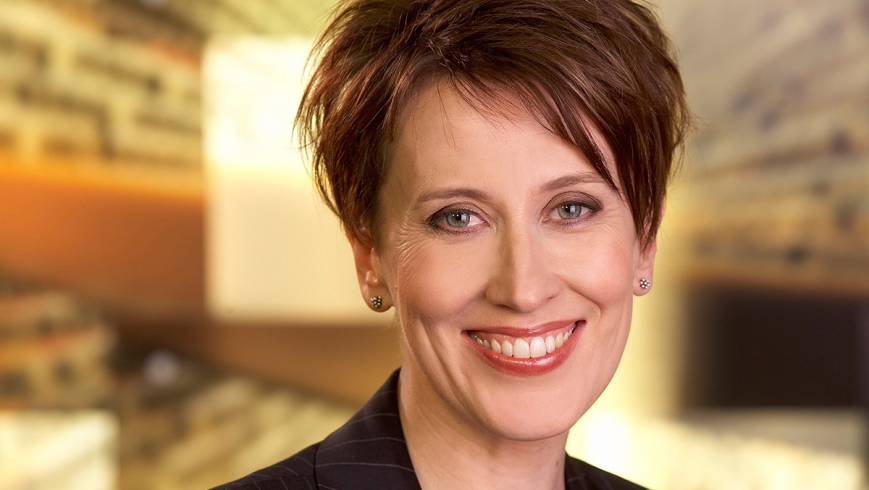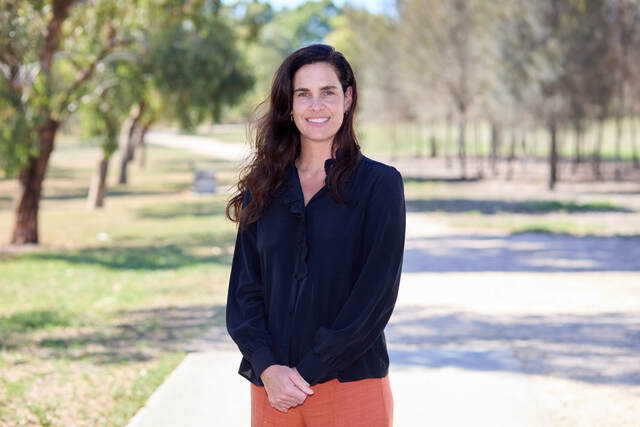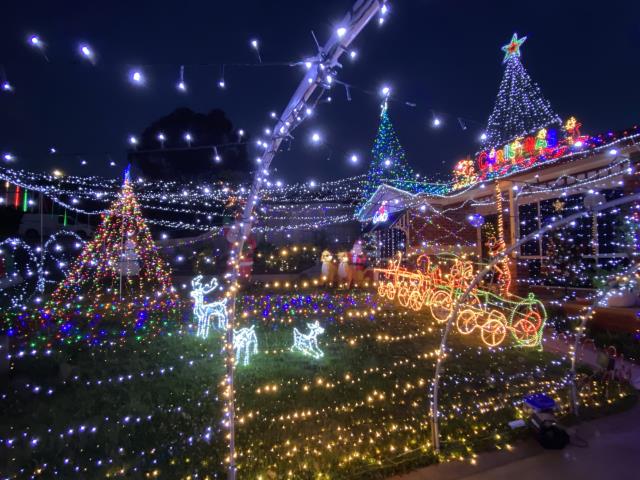My independent and resourceful niece counted her coins and did her calculations. How long to walk to Melbourne Central train station? Well, not long at all … but wouldn’t it be so much closer to just cross the park and get a train at Flagstaff? Oh, hang on a minute: it’s Sunday, and for reasons sensible only to the bureaucrats who make these decisions, there is one station on that wonderful forward-thinking bit of infrastructure known as the City Loop that is closed on the weekends – and that’s Flagstaff station.
Public Transport Victoria tells me this is because Flagstaff services a weekday clientele of city workers and there is no real demand for the station on a weekend, particularly with trams nearby. A reasonable argument – until you actually spend time in the Flagstaff area and see a city park so full of families, students, young couples, older couples and children that it resembles a bustling mini Central Park. One city councillor I know tells me Flagstaff is the most used park in the City of Melbourne network.
Now the park and its environs, spreading north to North Melbourne, south into the city and west towards Docklands, are being filled with large apartment developments of Hong Kong proportions that are bringing thousands of new dwellers each year to this one corner of the city alone. The PTV decision may have made perfect sense once, but like many underestimations of the size and dynamism of this remarkable city, I am not sure it reflects reality any more.
The population of inner Melbourne is booming in a way that probably only compares to the gold rush aftermath. According to always reliable Age economics editor Tim Colebatch, the population of the City of Melbourne grew by 5138 in 2011-12 alone, and has more than doubled since New Year’s Day 2000 to 105,360.
Town hall figures are not as recent as I would like, but they show that the Melbourne local government area with the greatest proportional population growth at 13 per cent has been West Melbourne – otherwise known as Flagstaff.
I’ve written before about the compensations and compromises of living with a family in the inner city. Yes, I get to go virtually everywhere by foot or tram and I am a stranger to the tyranny of the cross-town pickup/drop off; but I have to live with noises, smells, people and situations that many would find intolerable.
For now, the trade-off is overwhelmingly positive, but as demographers and experts such as Colebatch have pointed out, with growth in Melbourne the fastest of any place in the country, the state government is kidding itself if it believes it can cope with this population explosion by building one major piece of infrastructure at a time. If you build it they will come? Mate, they’re here already – and there are not enough trams, trains, schools, pools, parks or libraries to accommodate them.
The quaint weekend closure of a major train station is I think emblematic of a mindset that has failed to keep pace with population and popularity.
The tricky intersection of politics and economics makes the vision thing difficult: you can fund the infrastructure a city needs now and for the future by borrowing, but we know how neurotic governments are about that idea. Meanwhile, there is no similar concern about population and development – that reflects a boom-time attitude not matched by our willingness to be equally expansive with our balance sheets.
PTV does seem alive to the challenge, and says it will review weekend transport demand “as Docklands and the north-west corner of the CBD continue to grow and change”, but such a comment implicitly accepts there is no change and no urgency now, and that, I think, is the problem. It puts me in mind of that old cartoon about there being no point remembering that you always intended to drain the swamp when the alligators are already biting you on the arse.
Virginia Trioli is co-host of ABC News Breakfast on ABC1 and ABC News 24, 6-9am weekdays.
Follow Virginia on Twitter @latrioli







